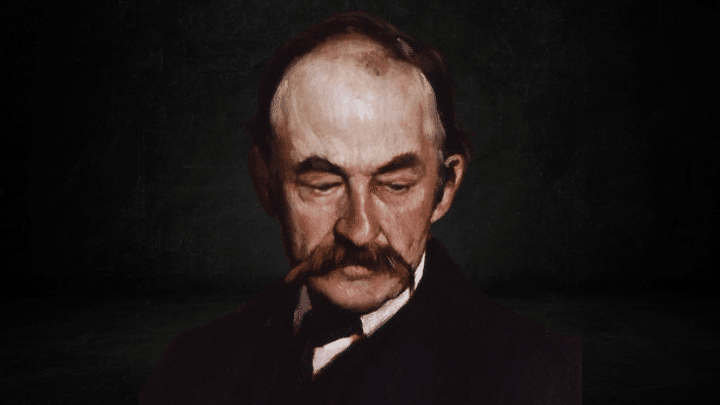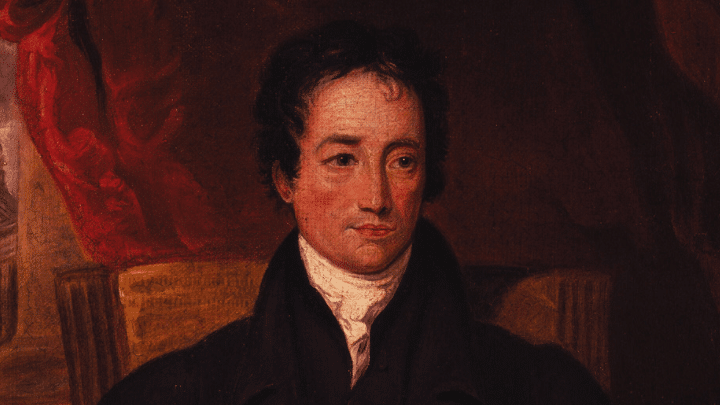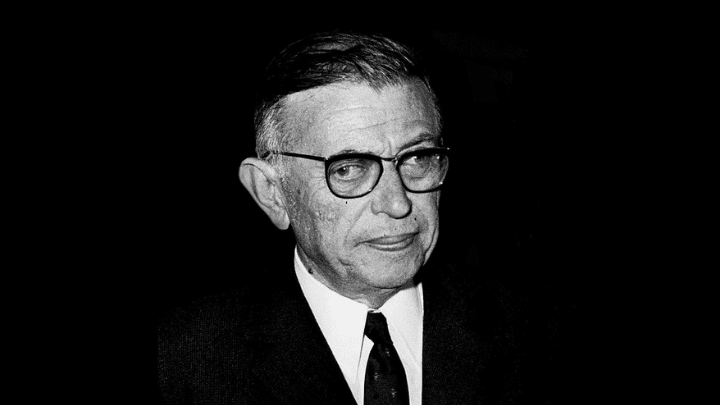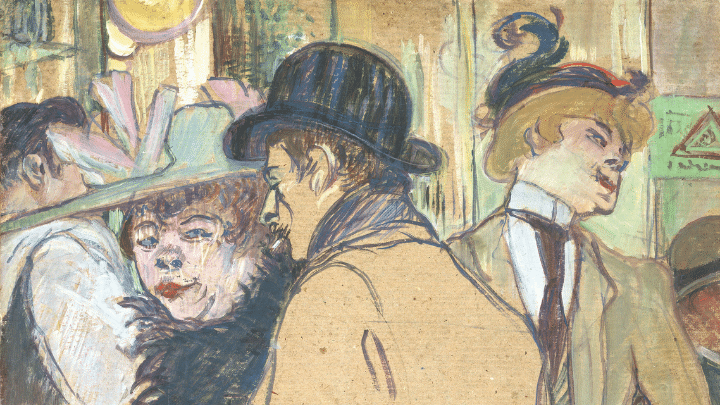10 Best Thomas Hardy Books You Should Read

Thomas Hardy, one of the most celebrated novelists and poets of the Victorian era, left an indelible mark on English literature with his reflective and often tragic tales of rural life. Born in 1840 in Dorset, England, Hardy’s writing was heavily influenced by the landscapes and customs of his native countryside. His works often explore themes of love, loss, fate, and the inescapable forces of nature, reflecting the pessimism that coloured his outlook on life.
Hardy’s novels are both adored and criticised for their dark, melancholic tone and complex characters. Many of his works are set in the fictional county of Wessex, a richly detailed world that draws heavily from the real South West England. The tension between traditional rural ways and the encroaching industrial society is a recurring motif in his works.
In this article, we will delve into some of the best Thomas Hardy books, exploring their unique plots and profound themes. Whether you’re a longtime fan or new to Hardy’s evocative prose, this list provides a comprehensive insight into the works that define his literary legacy.
1. Tess of the d’Urbervilles
Perhaps the most famous of Hardy’s novels, “Tess of the d’Urbervilles” tells the tragic tale of Tess Durbeyfield, a young country girl whose life is marred by fate and societal norms. The story presents a scathing critique of Victorian society’s treatment of women and the concept of purity.
Hardy’s portrayal of Tess as a pure and innocent victim of her circumstances, yet judged and condemned by society, makes the novel a moving and often harrowing experience. The novel’s dark themes and beautiful descriptions of the Wessex countryside have cemented its status as a classic of English literature.
2. Far from the Madding Crowd
“Far from the Madding Crowd” is Hardy’s fourth novel and his first literary success. The story revolves around Bathsheba Everdene, an independent and headstrong woman who inherits a farm and must navigate the challenges of love and leadership in a man’s world.
The novel is known for its vivid characters and complex relationships, particularly the love triangle between Bathsheba, Gabriel Oak, and Sergeant Troy. With themes of love, ambition, and the unpredictability of life, it remains a beloved and influential work.
3. The Mayor of Casterbridge
In “The Mayor of Casterbridge,” Hardy explores the rise and fall of Michael Henchard, a man who sells his wife in a fit of drunken rage and then struggles to redeem himself. Set in the fictional town of Casterbridge, the novel presents a detailed and bleak portrayal of a man battling his own demons and the unforgiving twists of fate.
The novel’s psychological depth and exploration of guilt, redemption, and the impact of the past on the present have made it a standout work in Hardy’s bibliography. Henchard’s complex character and the novel’s rich narrative structure showcase Hardy’s mastery of storytelling.
4. Jude the Obscure
“Jude the Obscure” is considered one of Hardy’s most controversial works. The novel follows the life of Jude Fawley, a working-class stonemason with dreams of becoming a scholar. His ambitions are thwarted by societal constraints, love, and tragedy.
Hardy’s unflinching look at Victorian society’s rigid class system, education, marriage, and morality drew harsh criticism at the time of publication. However, the novel’s bold themes and memorable characters have ensured its place as an essential read.
5. The Return of the Native
“The Return of the Native” is set on the hauntingly beautiful Egdon Heath and follows the story of Clym Yeobright, who returns home with grand ideas of education and progress, only to be pulled into a web of love, ambition, and misunderstandings.
Hardy’s ability to weave human emotions with the powerful landscape of Egdon Heath makes this novel a compelling exploration of desire, rebellion, and the force of nature. The intricate relationships between the characters reflect the complex interplay between human nature and the environment.
6. The Woodlanders
“The Woodlanders” immerses readers in the woodland community of Little Hintock. The story focuses on Giles Winterborne, Grace Melbury, and the impact of social class on their relationship. Like many of Hardy’s works, it explores the clash between old customs and new ways.
The novel offers a rich and poetic depiction of rural life, with a strong focus on nature and the changing seasons. Hardy’s portrayal of human emotions and societal expectations makes it a deeply moving and thoughtful read.
7. Under the Greenwood Tree
One of Hardy’s earlier works, “Under the Greenwood Tree” is a more light-hearted and romantic tale. It follows the love story of Dick Dewy, a young tranter, and the village schoolmistress, Fancy Day, amidst the changing traditions of the rural community.
The novel stands apart from Hardy’s later, more tragic works, offering a charming and bucolic glimpse of rural life. Its exploration of love, courtship, and village customs make it an enjoyable and accessible entry into Hardy’s world.
8. A Pair of Blue Eyes
“A Pair of Blue Eyes” explores the life and loves of Elfride Swancourt, a rector’s daughter in a remote Cornish village. The novel is notable for its vivid descriptions of the Cornish landscape and its candid look at Victorian courtship and marriage.
Themes of love, jealousy, and societal expectations run through this engaging story. The novel’s frank portrayal of female desire and the complexities of relationships marked a significant step in Hardy’s literary development.
9. Two on a Tower
A departure from his usual style, “Two on a Tower” is a romantic fantasy that blends love with astronomy. It tells the story of Lady Constantine, who falls in love with an astronomer, Swithin St. Cleeve, despite their difference in social status.
This novel’s unique blend of romance, science, and social critique makes it an intriguing and unconventional entry in Hardy’s body of work. Its dream-like quality and star-crossed love story offer a different perspective on Hardy’s recurring themes.
10. The Trumpet-Major
Set against the backdrop of the Napoleonic Wars, “The Trumpet-Major” focuses on the love life of Anne Garland, who is courted by three different men. The novel offers a historical perspective and captures the fears and patriotism of the time.
A mix of romance, history, and humour, the novel provides insight into a different aspect of Hardy’s literary landscape. Its engaging characters and depiction of wartime England make it a noteworthy addition to Hardy’s oeuvre.
Conclusion
Thomas Hardy’s literary genius is reflected in his ability to craft stories that resonate with timeless human emotions and the eternal struggles of love, fate, and society. His keen observation of rural life and deep understanding of human nature have made his works an enduring part of the literary canon.
The above-mentioned novels not only present Hardy’s range and depth as a writer but also offer readers a window into a bygone era, rich with character, landscape, and complex moral questions. Whether it is the tragic beauty of “Tess of the d’Urbervilles” or the more optimistic charm of “Under the Greenwood Tree,” Hardy’s novels continue to captivate and challenge readers, reaffirming his status as one of the great literary figures of the Victorian age.






